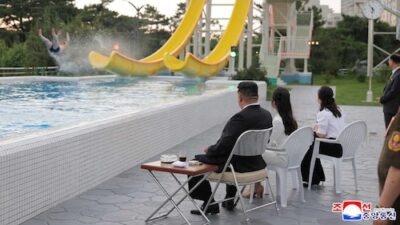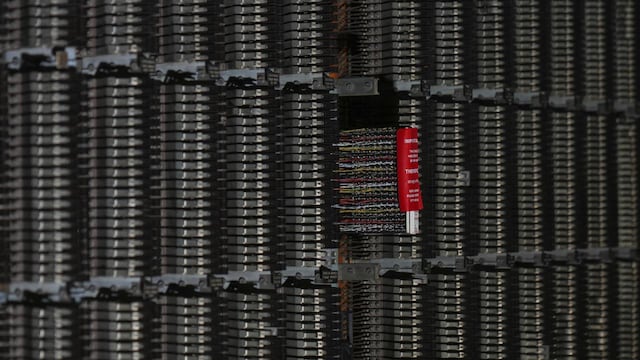
 1 / 8
1 / 8In a largely unseen area of London rich with history, where the city prepared for the Blitz, the creator of James Bond found inspiration, and hidden Cold War communications traveled between Washington and Moscow. This secret network of tunnels, lying 100 feet beneath the streets, has remained hidden for decades but is set to become a major tourist attraction. Local authorities have given the green light for a 90,000-square-foot site featuring a spy museum, an interactive World War II memorial, and one of the deepest underground bars in the world. (Image: AP)
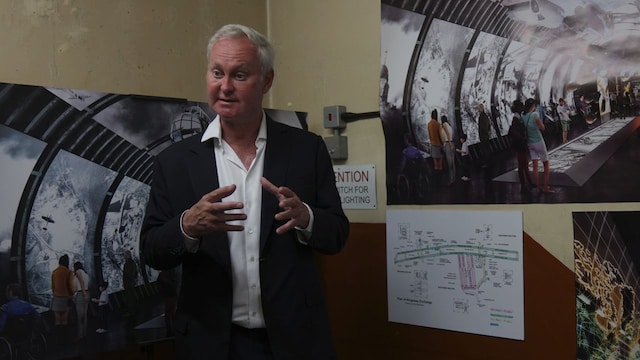
 2 / 8
2 / 8"This space is remarkable, and the city is fantastic," commented Angus Murray, chief executive of The London Tunnels, as subway trains rumbled above. "It tells a compelling story." The extensive bomb shelter lies directly beneath London Underground’s Central Line in Holborn. Construction of the tunnels started in secret in 1940 during the fear of a Nazi invasion. They were intended to provide refuge for up to 8,000 individuals in two parallel tunnels measuring 16-and-a-half feet wide and 1,300 feet long. (Image: AP)

 3 / 8
3 / 8The tunnels were never utilized for their original purpose; by the time they were completed in 1942, the worst of the Blitz had passed, and Underground authorities had opened subway stations for air raid shelters. Instead, the tunnels functioned as a government communications hub and a base for the Special Operations Executive, a covert unit that dispatched agents — many of whom were women — on daring sabotage missions in Nazi-occupied areas under directives from Prime Minister Winston Churchill to "set Europe ablaze". A naval officer named Ian Fleming worked as a liaison officer for the SOE, which may have inspired the secret agent world he later created as 007. (Image: AP)
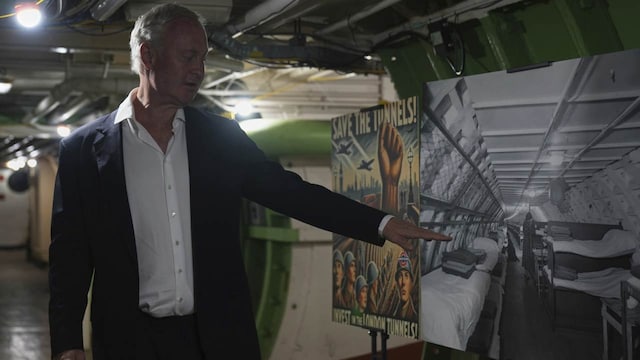
 4 / 8
4 / 8"This really is the Q Branch of James Bond," noted Murray, referencing the fictional MI6 quartermaster and gadget-maker from the thrillers. Following the war, additional tunnels were incorporated into the site, which then became a secure telephone exchange. In the mid-1950s, it served as the terminus for the first trans-Atlantic undersea telephone cable. In 1962, after the Cuban Missile Crisis escalated tensions, a "red telephone" hotline linking the Pentagon and Kremlin was established through these tunnels. (Image: AP)

 5 / 8
5 / 8As many as 200 individuals worked underground, bound to confidentiality, but enjoyed the perk of an onsite canteen and bar. At one point, the location also included a bunker meant for governmental use in case of nuclear conflict. Yet as technology advanced, British Telecom (BT) vacated the premises. The tunnels were largely overlooked until BT sold the site in 2023 to Murray’s private equity-backed group. (Image: AP)
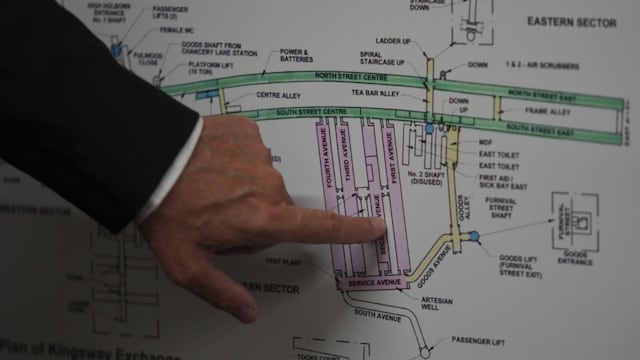
 6 / 8
6 / 8Future plans feature a memorial for over 40,000 civilians who lost their lives due to German bombing in the war, various cultural exhibitions, and a nightlife venue that Murray promises will be "the deepest bar in the world in a city." Additionally, it will showcase Britain’s Military Intelligence Museum, which is currently located on a military base north of London and has limited public access. Museum officials have agreed to relocate a collection spanning over 300 years of history to the tunnels, providing a much more visible platform for a story they believe should be shared. (Image: AP)
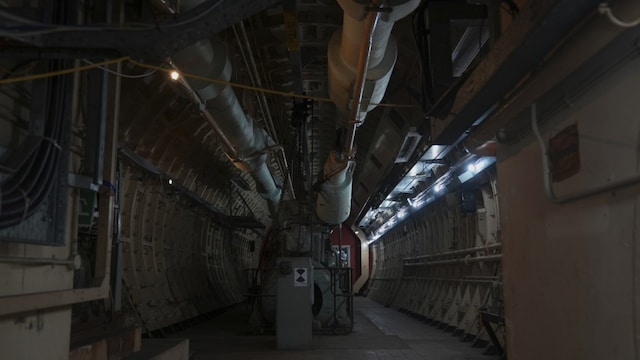
 7 / 8
7 / 8"The museum isn’t just for those with a pre-existing interest in military history," explained Alistair, the chair of the museum’s board of trustees, who preferred to use only his first name due to the military ties. "A core theme of the new museum will explore the skills and tools developed by military intelligence throughout the centuries… and a key question is, how do you discern truth from lies?” he remarked. “This theme is extremely relevant today.” The museum will also delve deeper into the covert history of the Special Operations Executive, with its collection showcasing agent communications, supplies, weapons, and sabotage tools from their wartime exploits. (Image: AP)

 8 / 8
8 / 8"Many of those who served in SOE never discussed their experiences either during or after their service, and numerous records have vanished," Alistair noted. "While a good amount is known about SOE, there is still much that remains a mystery and likely will never be fully uncovered." A distinctive attraction At present, access to the tunnels is through an unmarked entrance in an alley. Walking along the cool, dimly lit corridors evokes the excitement of uncovering a lost piece of history. Inside the robust steel and concrete walls lie archaic generators, telecom equipment, a fully intact staff canteen kitchen, and a bar that radiates retro vibes from the 1960s with its orange and brown decor reminiscent of "Austin Powers." (Image: AP)



